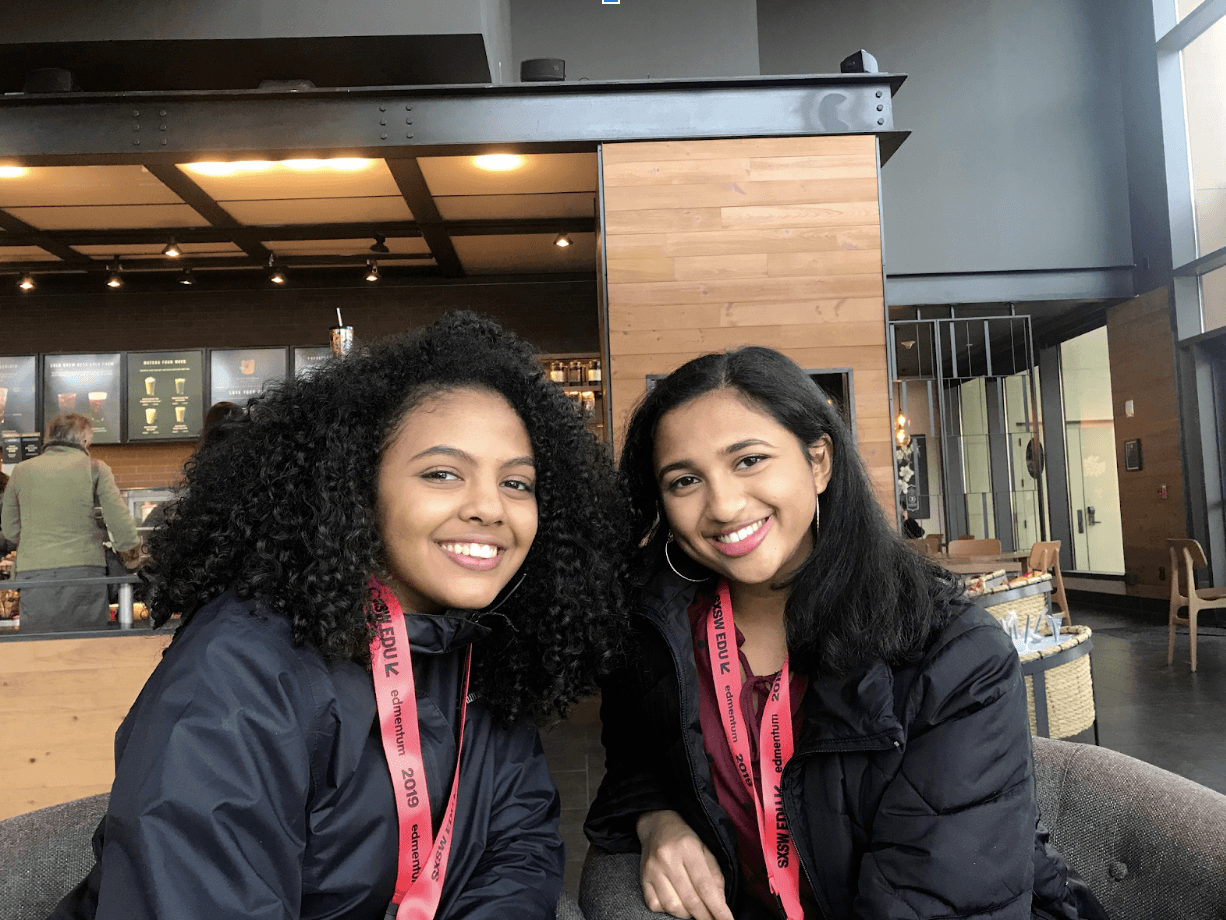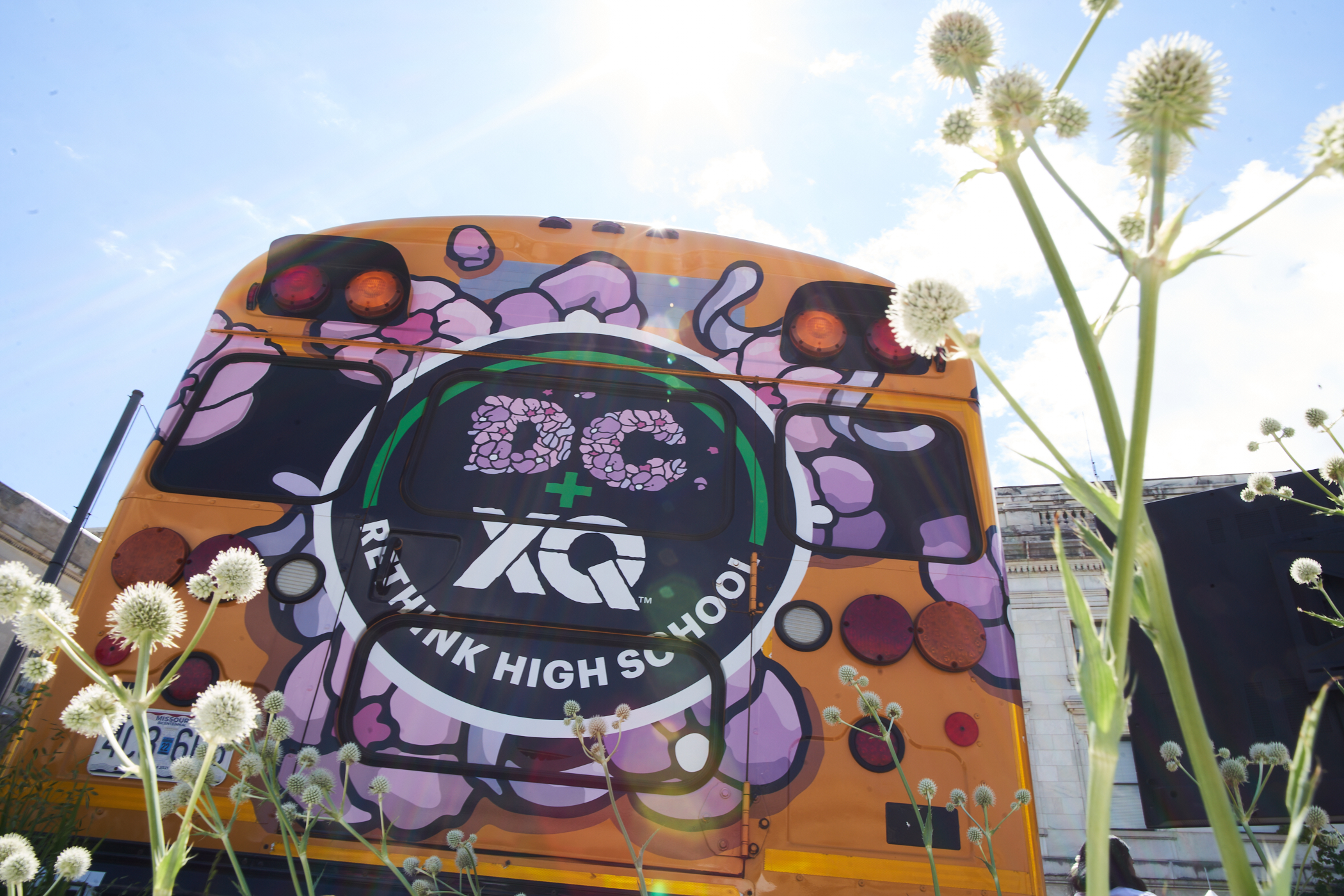Want to create a more inclusive school? Give students a voice
Maryland high school students find on-campus forums make all the difference. Find out what giving students a voice does at this school.

Maryland high school students find on-campus forums make all the difference.
In the months leading up to the 2016 election, Rahel Petros and Rakshita Balaji noticed something change at their high schools. There was more tension, more division, more hostility among different student groups — even a few racial incidents, all amplified on social media. The tension was so palpable, in fact, that it interfered with learning.
So they decided to do something about it. The girls, who attend public high schools in Howard County, Maryland, helped create “Youth Voice” groups at their schools, forums where students could express their candid, personal feelings to classmates and staff in order to increase empathy and tolerance on the campus as a whole.
An Ideal System for Combating Division
The groups have been so successful at Atholton High School and nearby Long Reach High School that the girls were invited to present on the importance of youth voice at the recent SXSWEDU Conference and Festival in Austin, Texas.
Hopefully, they said, schools across the country will adopt similar techniques.
“Even if there’s no racial incidents, every school needs something like this,” Rahel said. “In an ideal system, it would happen on a continuous basis throughout the school year. Even if some students don’t want to talk, there’s a benefit to listening. … Students realize we have a lot more similarities than differences.”
The Importance of Dialogue
A recent UCLA study showed that Rahel’s and Rakshita’s schools are not unique. Eighty percent of high school principals surveyed said students at their schools had made disparaging remarks against immigrants or other student groups since Donald Trump was elected president, mirroring an overall rise in hate crimes nationally.
Tension at the girls’ schools began escalating in fall 2016, as some students began wearing Make America Great Again hats to school and other students, particularly those who are of color, LGBT, or immigrants, started feeling threatened. Minor racial, homophobic and anti-immigrant incidents began to increase, magnified by social media.
“At my school, there was no way for students to process it,” Rahel said. “It was really tense. Not having dialogues was really problematic.”
A Safe Place
Around the same time, Howard County officials launched a series of public forums called #One Howard to help promote inclusiveness and dispel antagonism in the wake of the election. This is what partially inspired the girls to approach administrators at their schools to start something similar on campus.
School leaders agreed. The forums, held after school, are led by a trained facilitator and are open to everyone — students of all backgrounds, teachers, and staff. The point is to provide a safe place for students to express themselves, so they feel empowered over their school environment.
Sometimes the conversations focus on minor issues, such as keeping bathrooms unlocked or changing the water filters. But usually, the forums turn to larger topics, such as racism, homophobia, and stereotypes, or simply how students experience school differently. In one discussion, Rakshita said, some students wanted to bolster campus security out of fear of school shootings, while other students said increased police presence made them uncomfortable.
It’s About Creating Genuine Connections
“We’re not prescribing anything, we’re just teaching people skills to listen to each other and talk about their experiences,” Rakshita said. “It helps create relationships, not just with other students but with teachers, too. When students feel like they’re being heard and valued at school, they’re able to succeed academically. … It’s about creating genuine connections.”
Tapping Into People’s Humanity
Both girls have noticed positive shifts at their schools since the forums began. Students seem a little kinder to each other, and unlikely friendships have blossomed, they said. Ideally, they’d like to see Youth Voice forums held during the school day on a regular basis and expanded across the country.
“I want this to be emphasized. I don’t want schools to brush this under the rug because they think they don’t have problems with racism, classism, homophobia, transphobia or other issues,” Rakshita said. “These discussions are so much more sustainable than just the administration saying, ‘Don’t be racist.’ We go into the gray area and tap into people’s humanity. And at the end of the day, it creates so much good.”









